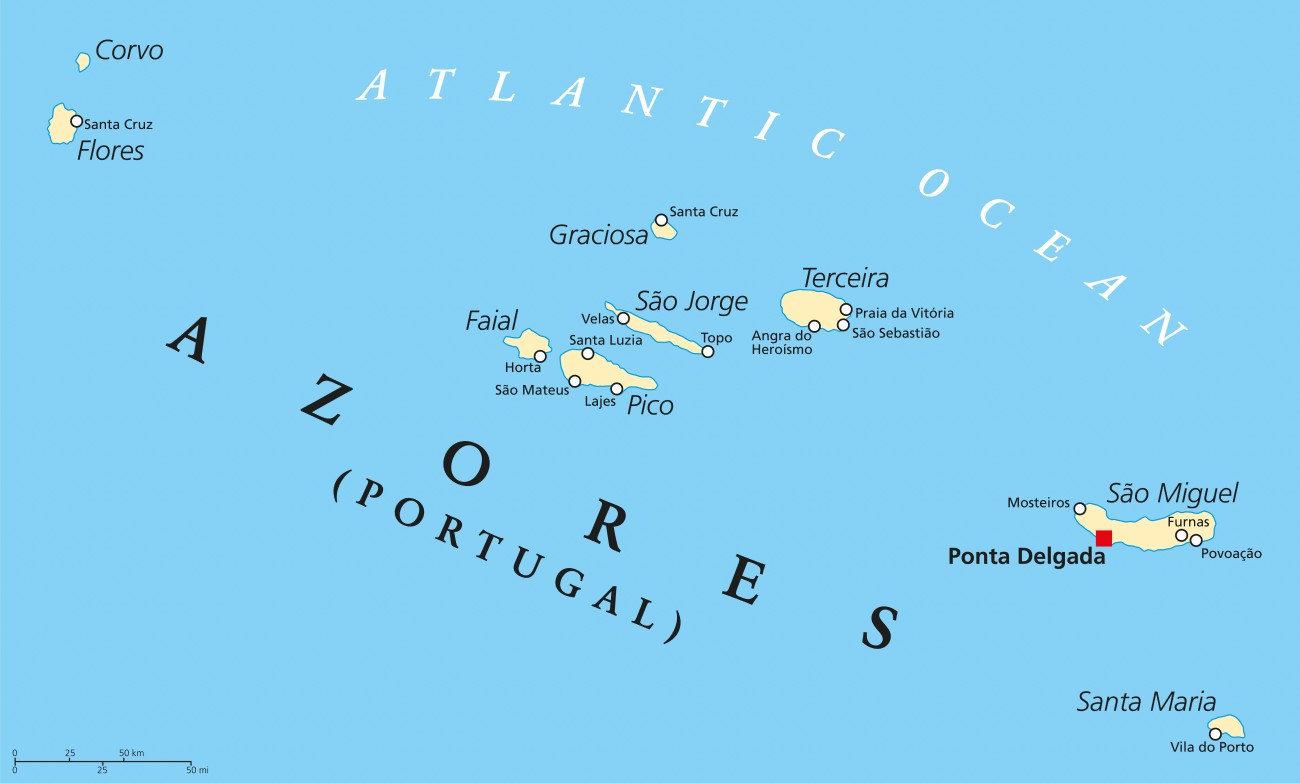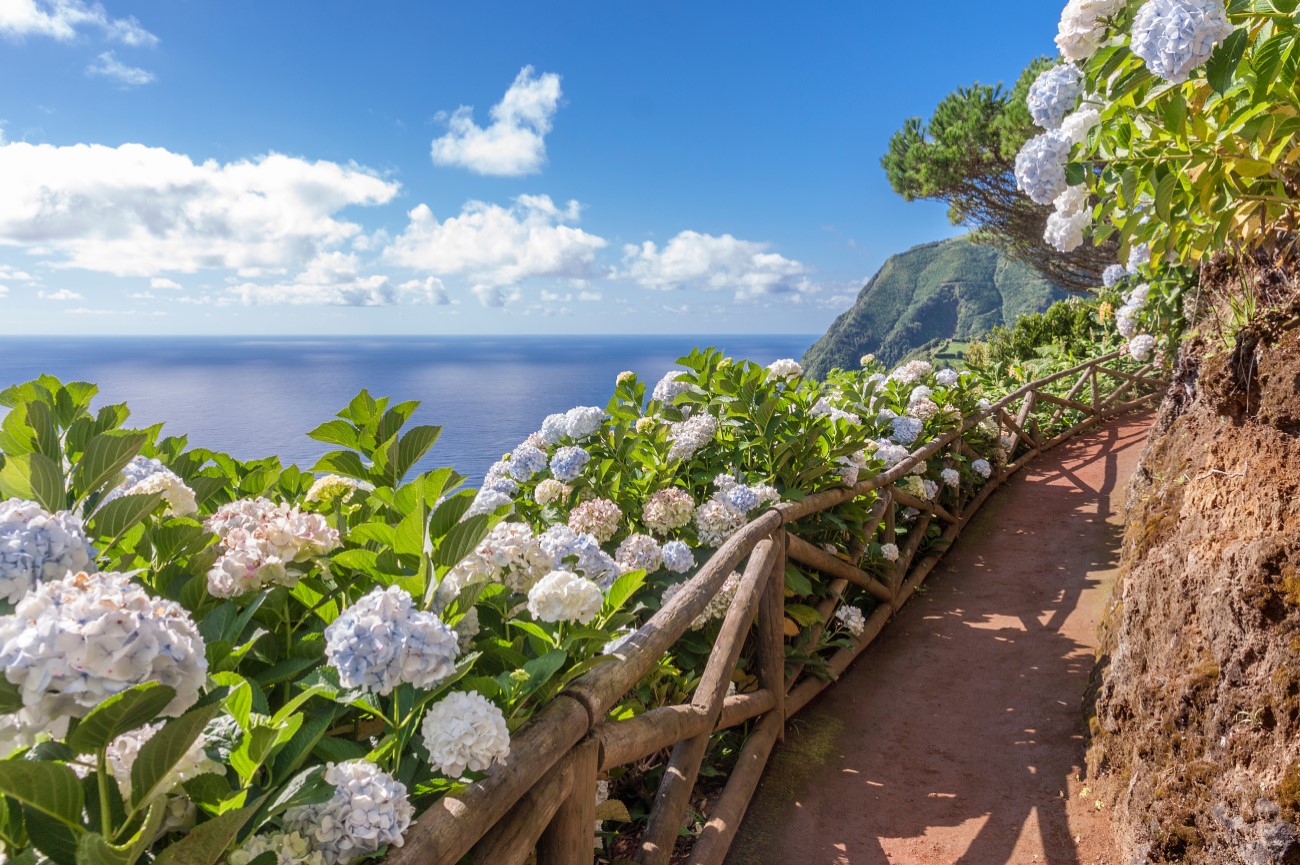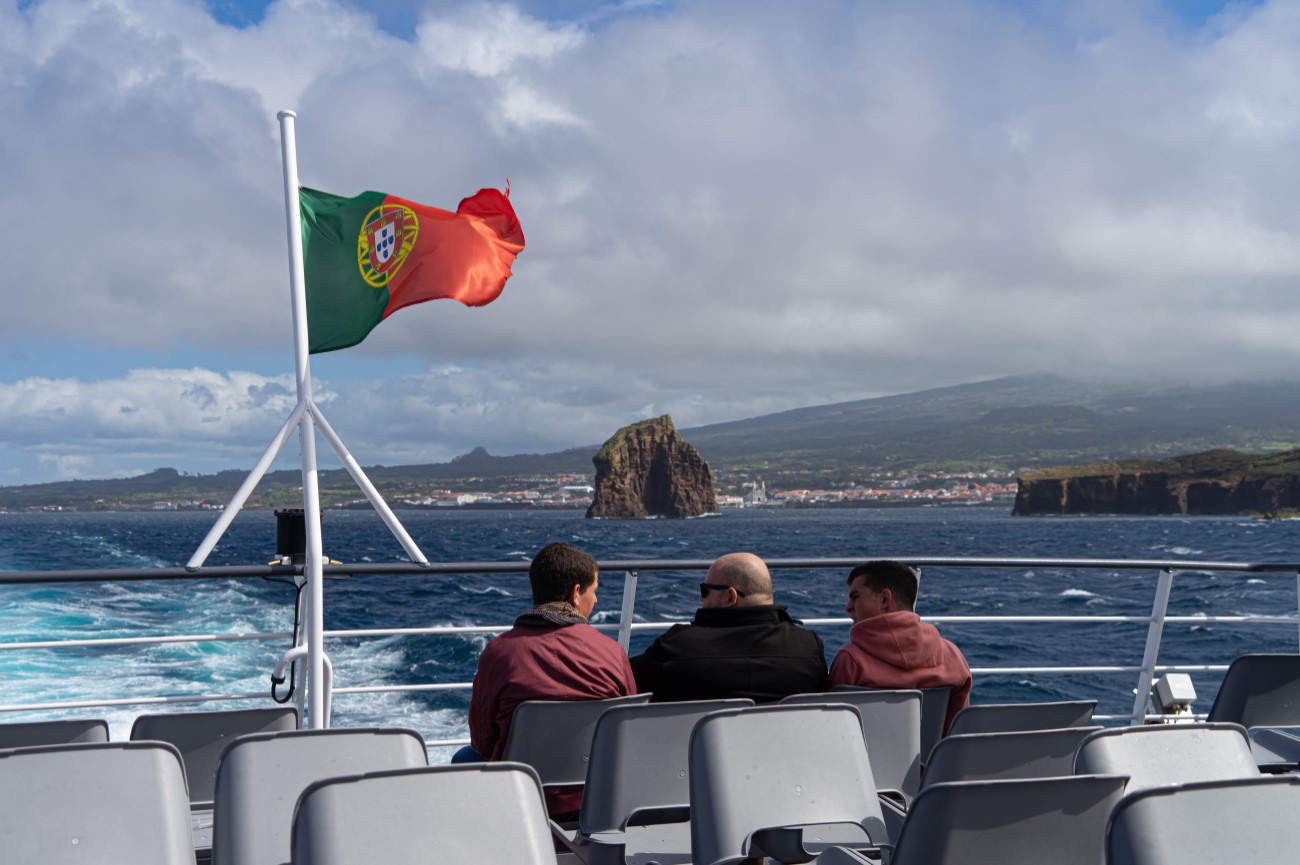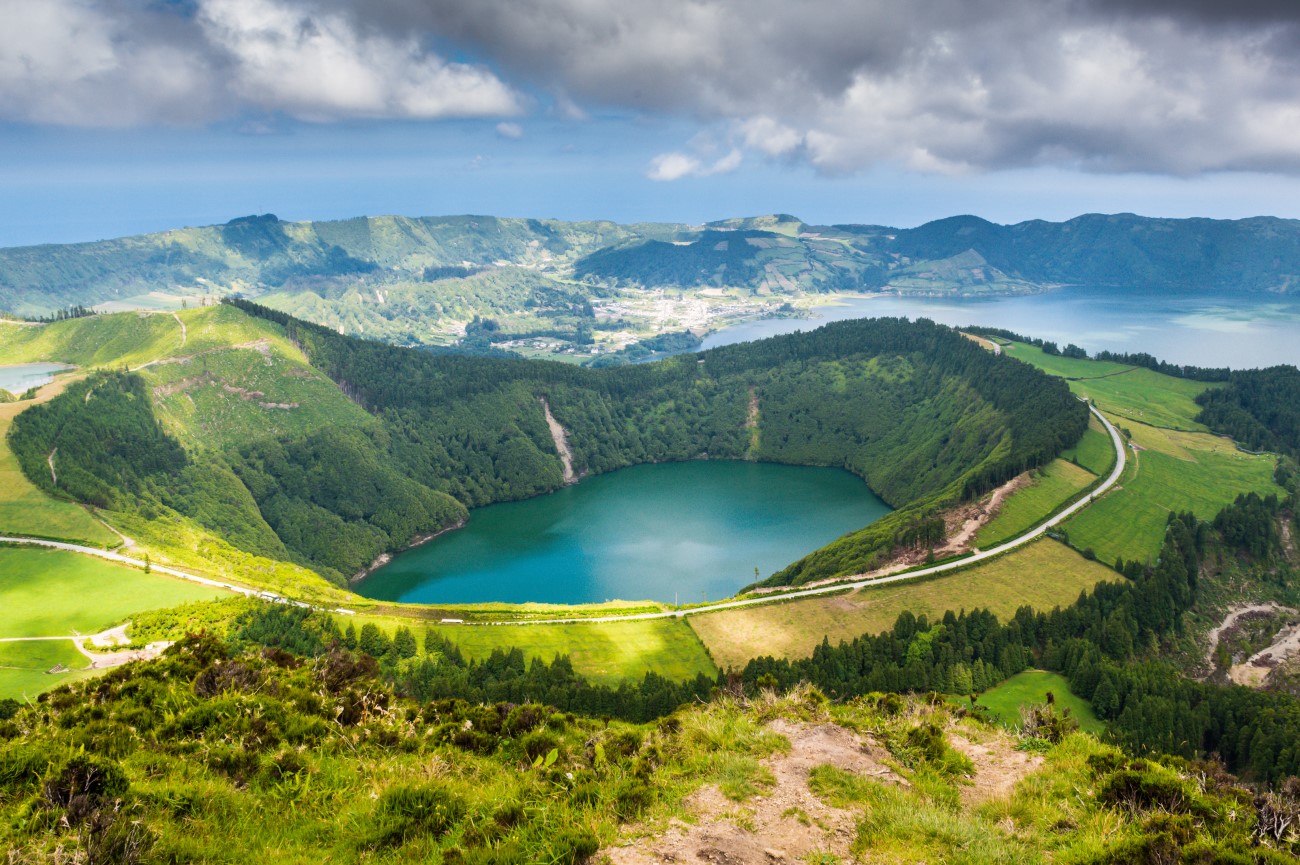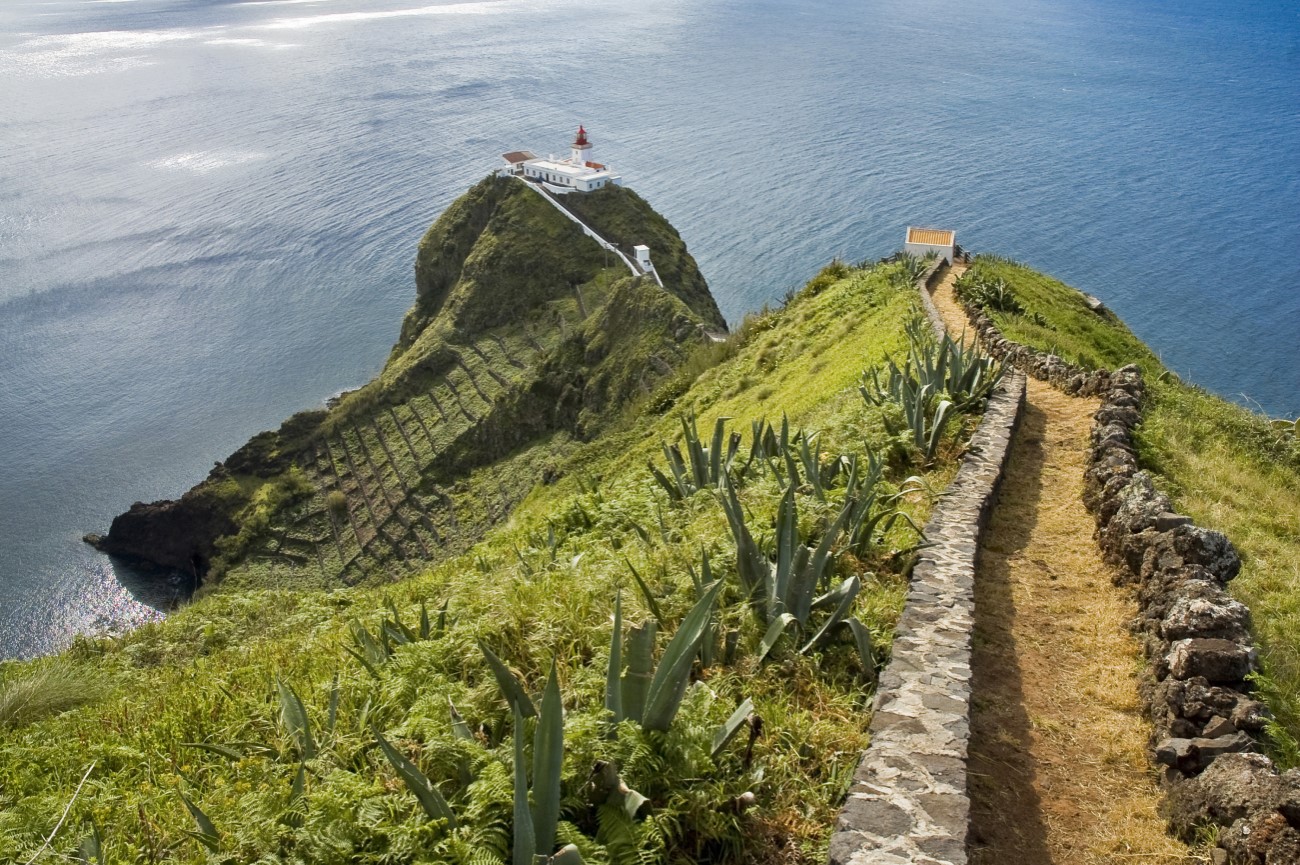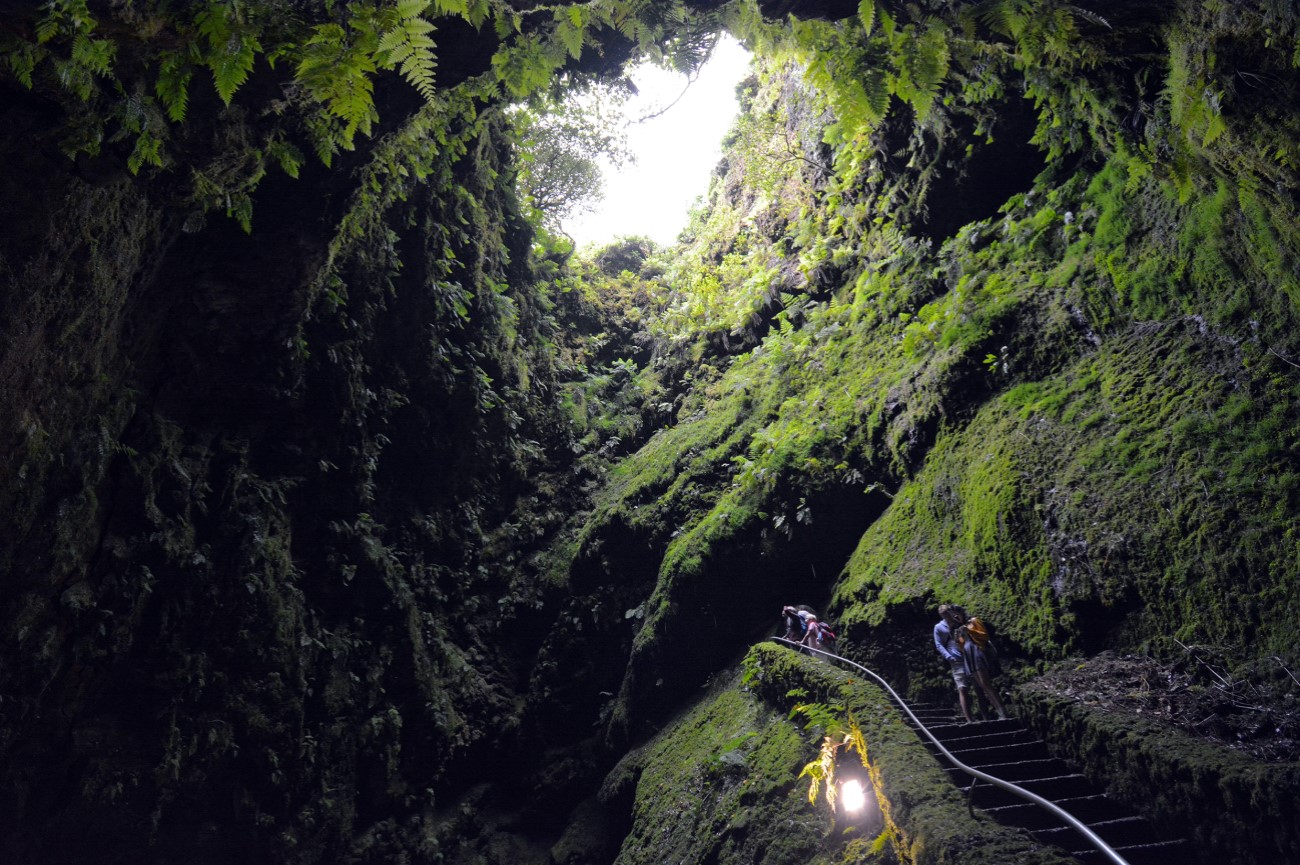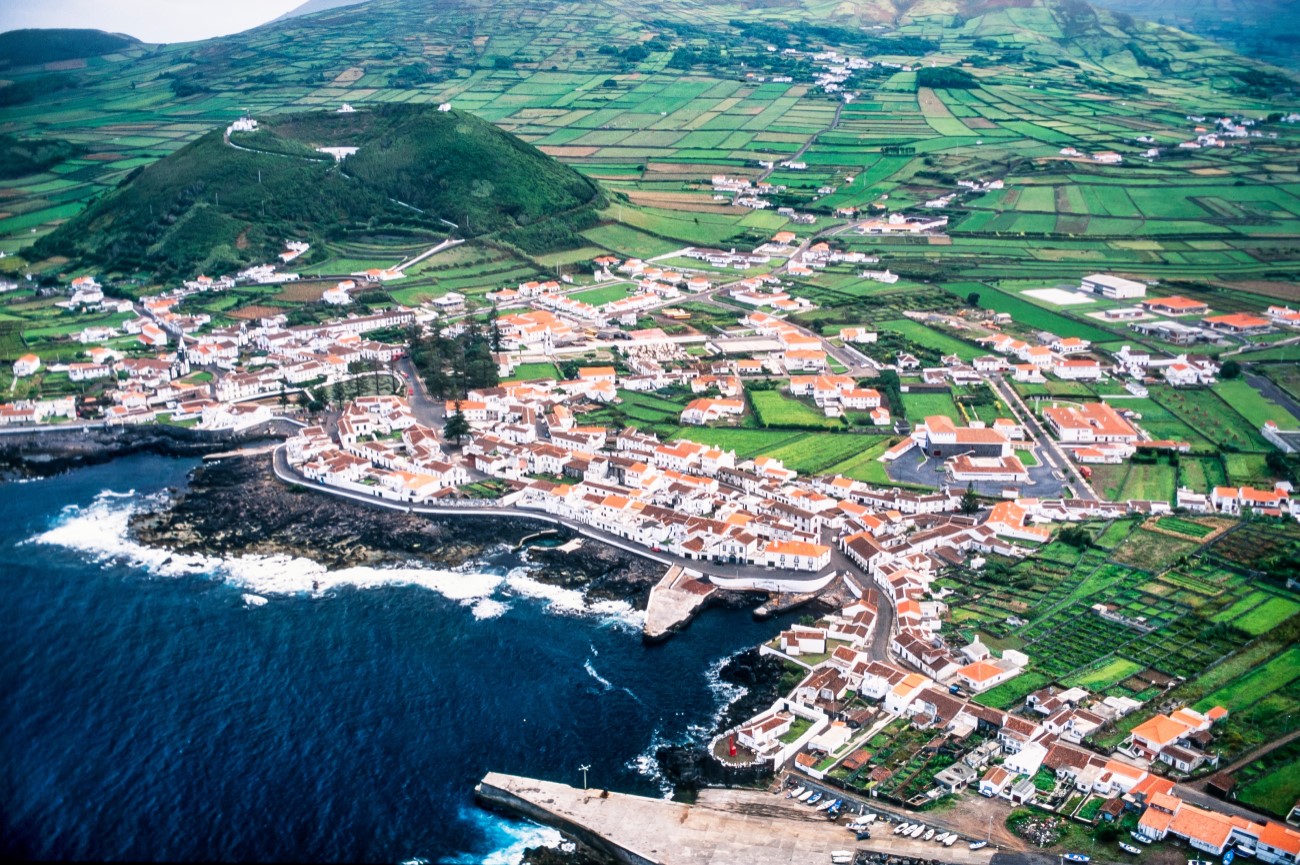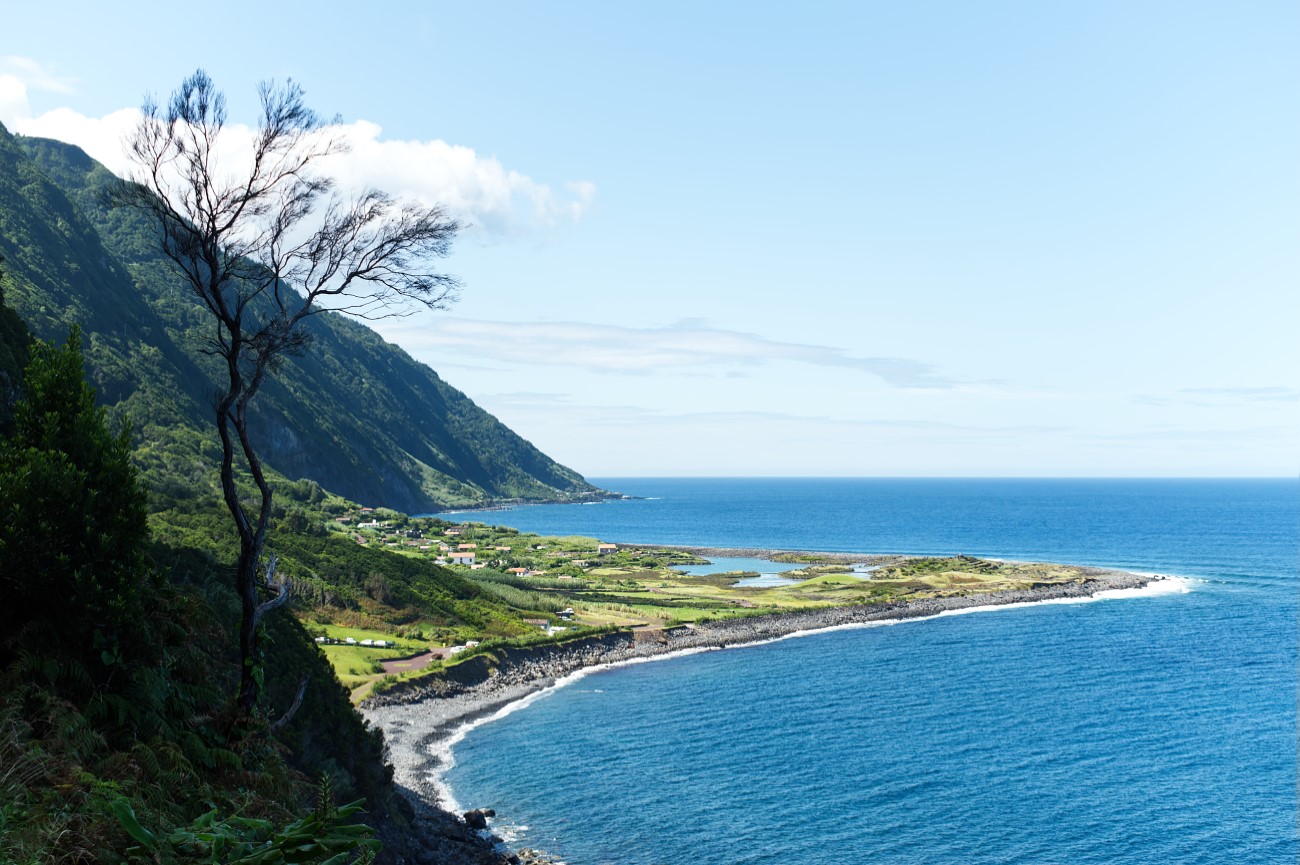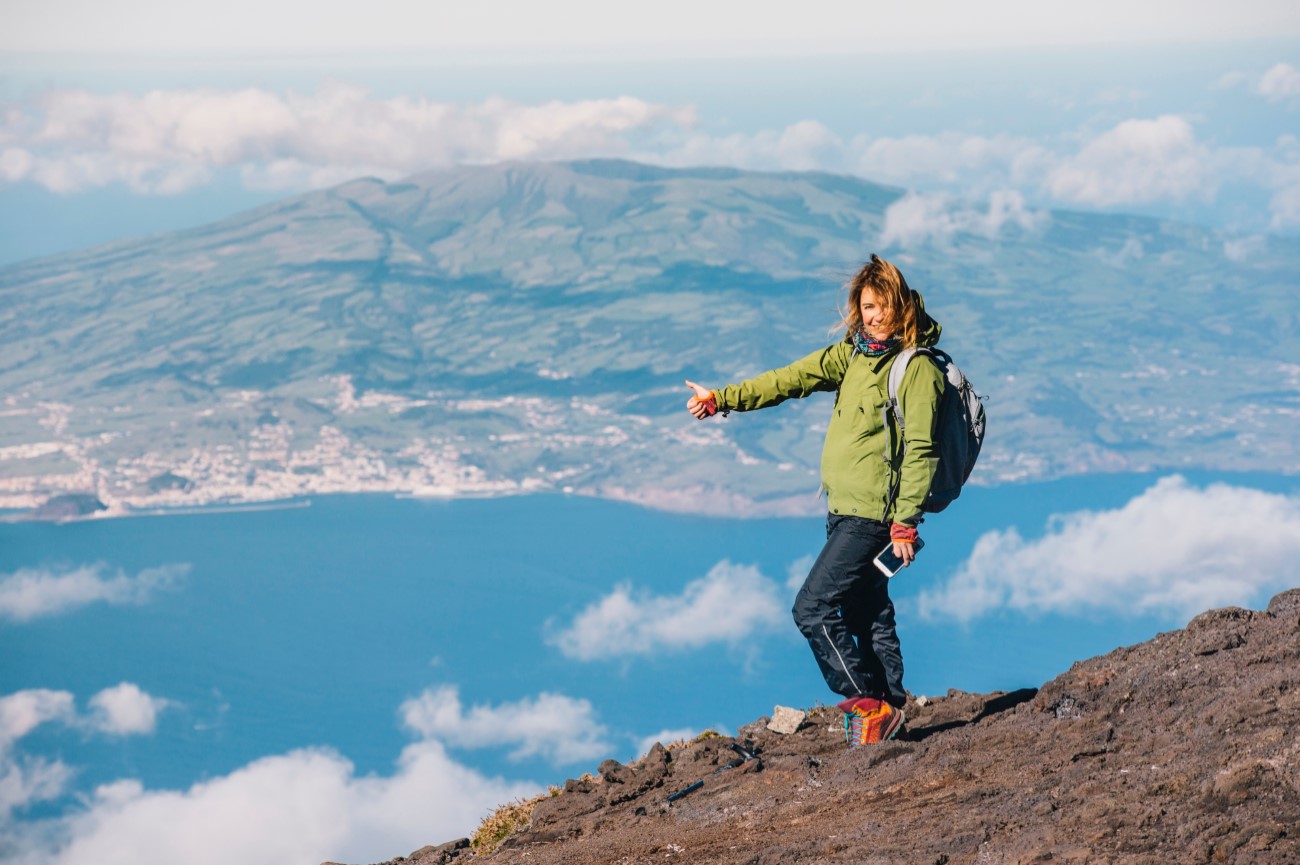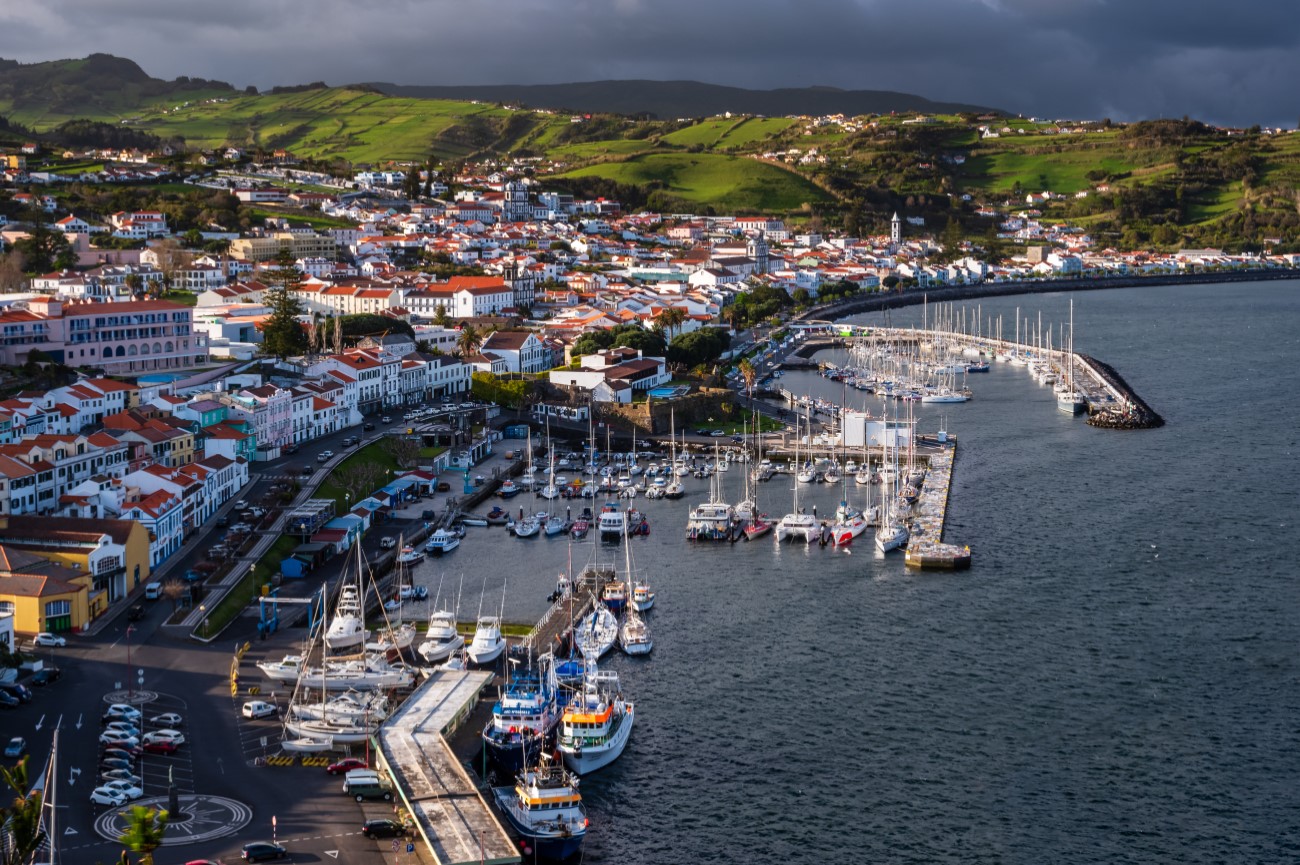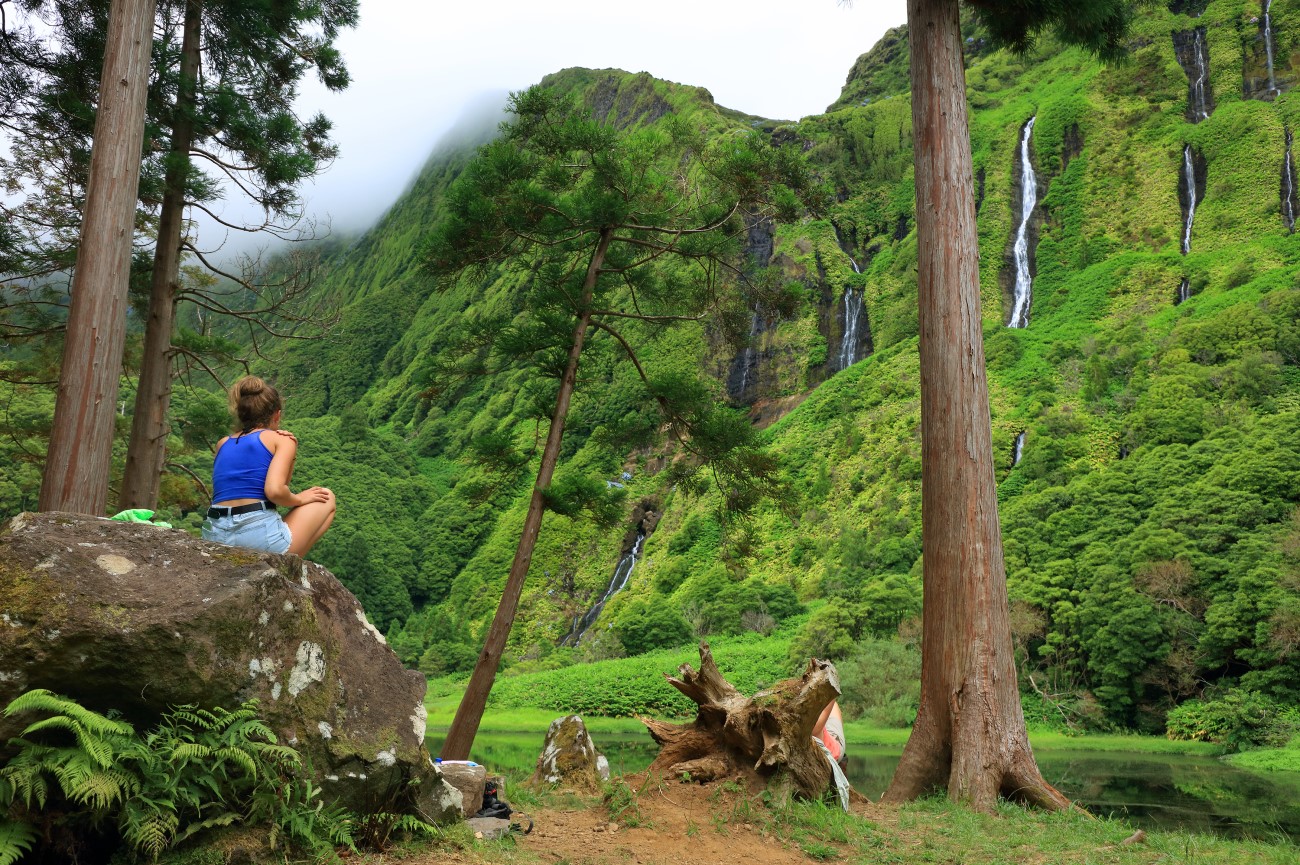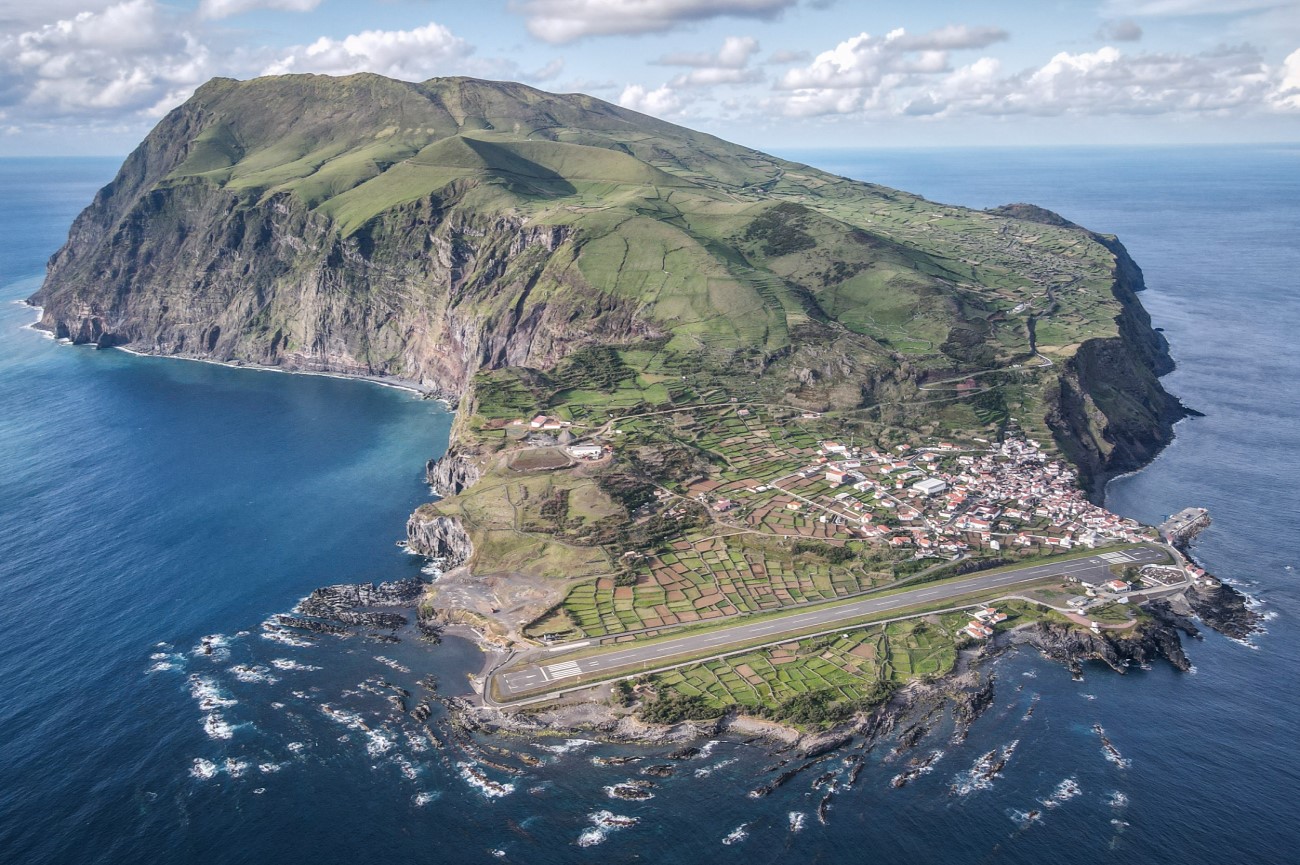Things to do in Azores: 31-day itinerary
For a while, the Azores remained one of Portugal’s hidden gems, but these nine volcanic islands amid the Atlantic are drawing new visitors by the day. It is hard not to fall for its lush green landscape, dramatic cliffsides, and stunning ocean views.
We are setting out to explore all nine islands by plane, car, foot, and boat. En route, we'll discover the history of these rugged islands, admire old Portuguese architecture, and immerse ourselves in the nature around us, joining a whale watching tour by the coast or relaxing in one of the many thermal pools.
You can follow our itinerary from start to finish, or you can choose just a few of your favourite islands to visit.
Note: The links on this article will take you to a personalised itinerary of each island, which include tips on what to see, where to eat, and where to stay.
How many days in the Azores
You should be able to see all the highlights on most Azores islands in 2-3 days. The only exception is São Miguel, the largest island, where we recommend staying at least 5-7 days. Terceira is also worth a prolonged visit. Our journey stretches for a month, but you could easily cut it short and pick and choose the islands you want to explore.
Where to base yourself in the Azores
São Miguel and Terceira are the best islands to base yourself in the Azores. It is where most airlines fly, which makes it easier to settle down.
Flight connections to the Azores
Most international flight connections to the Azores will take you to the Ponta Delgada airport in São Miguel. Terceira also has flights to the UK, the US and Canada. Other islands may have a direct route with mainland Portugal.
 SATA airlines provides inter-island flights and includes an Air Pass that allows you to visit all Azores islands
SATA airlines provides inter-island flights and includes an Air Pass that allows you to visit all Azores islands
Island hopping
If you’re planning to explore multiple islands on the same trip, you can travel by plane or boat. SATA provides inter-island flights and includes an Air Pass that allows you to visit all islands. Alternatively, you can opt for the Atlântico line ferry boats, which are usually cheaper. Keep in mind that there are more routes available in the summer.
Azores Itinerary

Day 1-5: São Miguel
The largest island in the Azores, São Miguel, is dotted with stunning lakes, nature trails, waterfalls, and thermal pools. Here we can find the capital of the Azores and its largest city, Ponta Delgada.
We visited the historic centre and wandered through the streets to take in the typical black and white stone architecture. Outside of town, we couldn't pass up a taste of the tea and pineapple liqueur, with ingredients grown in São Miguel, and we made sure to take a hike and try the famous stew cooked underground.
Day 6-8: Santa Maria
Next, we headed to Santa Maria. Located in the southeast of São Miguel, it was one of the first islands to emerge in the Azores, and you can still see traces of its volcanic past.
Known as the sun island, we made sure to take advantage and enjoy the white sandy beaches during our stay there. Nearby we visited Barreiro da Faneca, famous for its red soil and desert-like scenery. We also explored Vila do Porto and other little villages dotting the coastline, with their whitewashed buildings and charming churches.
Day 9-13: Terceira
After a few days in the sun, we hopped to Terceira, a beautiful and easily accessible island in the central Azores. We strolled through the capital, Angra do Heroísmo, and admired the city hall, cathedral, and many colourful chapels dotted around this UNESCO world heritage site.
Once we toured the city, we drove further to take in the views from the Santa Bárbara mountains, had a dip in the natural pools surrounded by volcanic rock and ventured into lava tubes like Algar do Carvão.
Day 14-16: Graciosa
Next on our agenda was the island of Graciosa. Often overlooked, this small island is well worth the visit.
Its picturesque landscape includes whitewashed houses, dramatic lava caves and bright red windmills. We spent three days here, exploring its trails and relaxing in the calm natural pools by the ocean.
Day 17-20: São Jorge
After a relaxing few days in Graciosa, it was time to hop over to São Jorge, an island with some of the most dramatic landscapes of the Azores. We explored the island's many fajãs (plains created by lava and landslides) and took advantage of the surrounding volcanic pools and hiking trails.
Of course, you can't leave São Jorge without tasting the famous cheese: Queijo São Jorge, considered to be the best in the Azores.
Day 21-24: Pico
We could see Pico from São Jorge, and the island, with its 2351m high Mount Pico, enticed us to take a ferry across.
Pico Island does not disappoint. We strolled through UNESCO-listed volcanic vineyards before sampling the local wine, spotted whales and marvelled at the island's natural wonders, including caves and lava tubes.
Day 25-27: Faial
Our journey continues on the island of Faial, home to stunning fields of blue hydrangeas and luscious beech trees.
Separated from Pico by a narrow channel, Faial offers beautiful views of the other islands and the seascape. We stopped by the Marina da Horta to spot the yachts and dropped in at the infamous Peter Café Sport for a gin. On the way, we saw many villages and churches and relaxed at some beaches and natural pools.
Day 28-30: Flores
We're heading further west to Flores, a Unesco Biosphere Reserve. This small island is an outdoor paradise full of rich flora, lagoons and waterfalls.
While we were here, we visited the Fábrica da Baleia do Boqueirão to learn more about the whaling industry and its history here on the island.
Day 31: Corvo
Our last stop is Corvo, the smallest island in the Azores. We took a ferry over from Flores, excited to see the isolated and remote lifestyle of the people of Corvo.
One of the most prominent features on the island is the Caldeirão do Corvo. From here, we headed towards the Eco-Museum to learn about the migratory bird species that pass through the island. We also visited the church and took photos of the windmills, ending our trip down by the beach.


